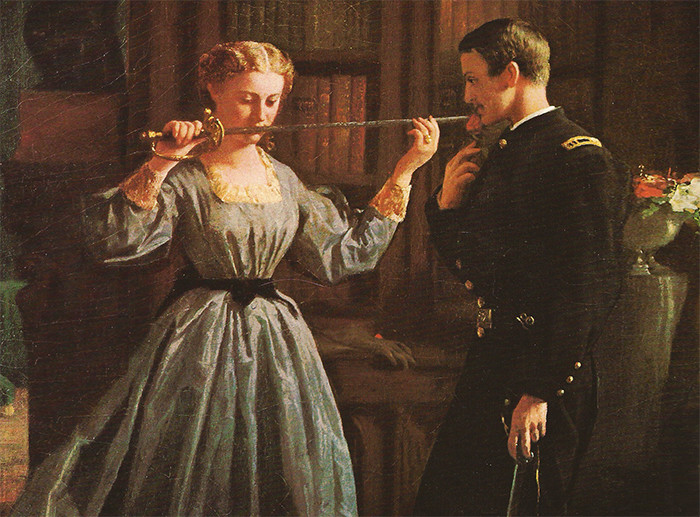
“The U.S. claimed victory in the brief campaign. A total of 15 Medals of Honor were awarded to members of the shore party — the first American citations given for an action on foreign soil.”
AMERICA’S FIRST MILITARY ACTION in Korea took place long before 1950. In fact, the United States fought a brief naval campaign against the Korean Joseon Dynasty 79 years before the UN mission to defeat the communist north.
On June 1, 1871, a fleet of five U.S. warships, 500 sailors and more than 100 marines arrived at Ganghwa Island, just off the Korean mainland. Their mission was to establish diplomatic and trade relations with the then isolationist nation as well as to find any trace of the missing U.S. merchant ship the SS General Sherman.
The Sherman had gone missing in Korean waters five years earlier while carrying a load of trade goods. After a series of misunderstandings with locals, the crew of the armed merchant vessel found themselves in a standoff with Korean authorities. When tensions reached the breaking point, the Sherman ended up firing its guns directly into a coastal settlement. The Koreans retaliated by attacking the side-wheel steamer with fire ships. Flames engulfed the American vessel; the survivors swam ashore and were butchered by angry villagers.
Five years later, an American fleet arrived in the waters off Korea. After initial contact with locals, the American naval vessels Colorado, Alaska, Palos, Monocacy, and Benicia steamed into the mouth of the Han River, an act the Koreans felt violated their sovereignty. In response, the fort on Ganghwa unleashed a 15-minute cannonade on the American ships. Despite its ferocity, the barrage caused only minor damage.
Playing it safe, the Americans withdrew to the Yellow Sea, but remained in Korean waters. The U.S. commander, Rear Admiral John Rodgers, gave the locals 10 days to apologize for the incident. After receiving no response, Rodgers ordered a retaliatory assault on the island’s defenders.
On June 10, a shore party of marines and sailors under the cover of the fleet’s guns attacked and seized a series of fortifications on Ganghwa, brushing aside the local defenders, most of whom were were equipped with little more than antique matchlock muskets. Some of the local forces even hurled rocks at the American troops.
The battle climaxed with a 15-minute assault on the island’s heavily fortified citadel. The U.S. lost three men in brief the battle, including the lieutenant who led the shore party. Ten more were injured in the clash. Korean loses were higher: 243 killed and 20 captured.
The Americans remained in the area until July 3, hoping to return the prisoners in exchange for the chance to open trade and diplomatic relations. The Koreans refused all contact.
Rodgers withdrew his fleet to China – their mission was a failure. It would be another five years before the Americans opened formal diplomatic relations with Korea.
Despite the setback, the U.S. claimed victory in the brief campaign. A total of 15 Medals of Honor were awarded to members of the shore party – the first American citations given for an action on foreign soil.
The next time U.S. troops would see action on the Korean peninsula would be 69 years later. That war would last three years and cost more than 37,000 American lives.
(originally published May 21, 2012)










Reblogged this on kjmhoffman.
Here is a short documentary about this action:
The documentary is a little bias against the Americans.
Now there is a k drama about this called Mr Sunshine 😅